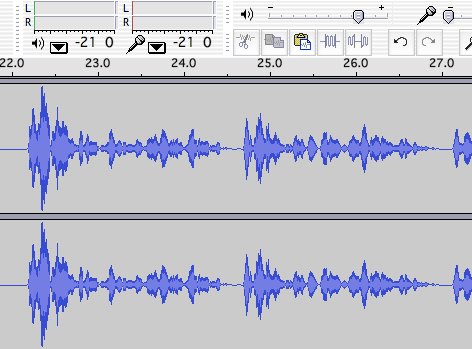
Whether meat is good for you has been debated for decades. Now we have a new study, a huge study which included 500,000 adults, and the verdict is clear: Meat is very bad for you if you eat it every day. Eating meat every day increases the chance of early death (from heart disease or cancer) by 30 percent. For women, the statistics were particularly grim. For example, women who ate the most meat every day had a 50 percent higher chance of early death from heart disease.
One of my particular interests, as many of you know, is the analysis of propaganda. The Washington Post’s story on this study (which was on the front page), has a quote from someone at the American Meat Institute:
“Meat products are part of a healthy, balanced diet, and studies show they actually provide a sense of satisfaction and fullness that can help with weight control. Proper body weight contributes to good health overall.”
The fallacy in the first statement is easy enough to unravel: “Meat products are part of a healthy, balanced diet.” That is precisely the point the study addressed. How did the study’s conclusions differ from what the American Meat Institute says?
The second fallacy is more difficult to unravel, because it requires knowledge that many people don’t have. The claim is that science shows that eating meat can actually make you healthier because eating meat contributes to weight control. That is intentionally misleading. It’s actually fat and protein that provide satisfaction and fullness. That fat and protein can just as easily come from vegetable sources, and it will be a whole lot better for you. This is the way most propaganda works. A claim is made that may be sorta kinda obliquely true, but the fallacy can be detected only if one is aware of some other facts.
There are so many benefits beyond health from reduced consumption of meat. Meat farms use huge amounts of water and energy, and they cause nasty pollution, both to air and water. Meats these days are particularly dangerous because they contain hormones and antibiotics that factory farm animals are pumped with. Meat production also is inefficient, because the protein fed to the animal far exceeds the protein derived from its meat.




